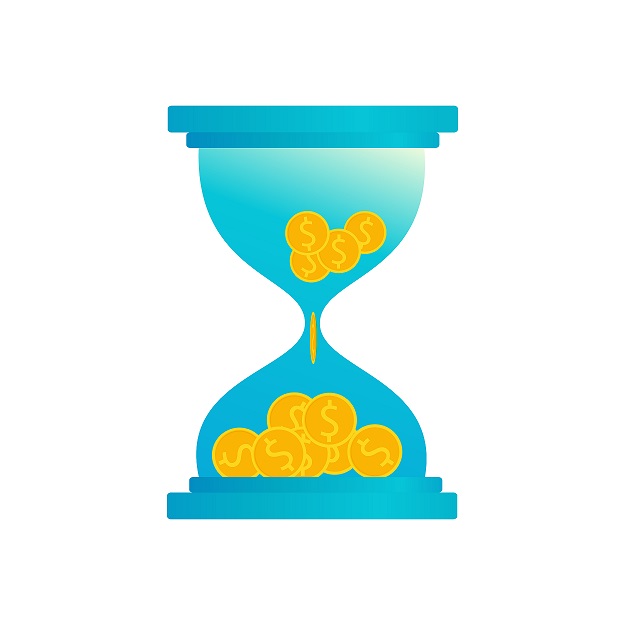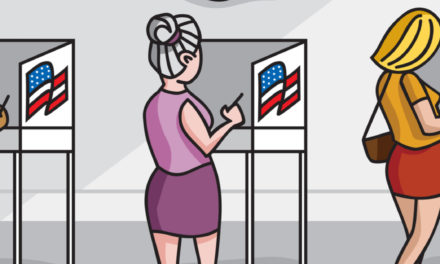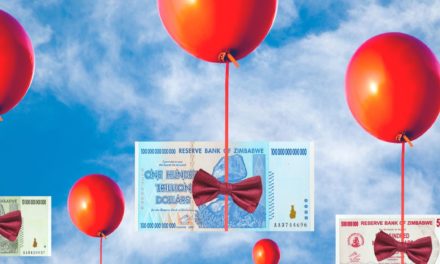
The Value of Patience
The study in this post by Craig L. Israelsen, Ph.D., seems to confirm that patience is not only a virtue, but it is a virtue that can prove to be profitable when one uses a buy-and-hold strategy.
…..
To view the full article please register below:
The Value of Patience
Last summer, an article in “Financial Planning” magazine argued that patience may be the best diversifier for investors’ portfolios.* The article’s author, Craig L. Israelsen, Ph.D., looked at the performance of a variety of hypothetical portfolios to measure the value of patience. Israelsen examined data over a period from 1970 to 2015, using several different sell trigger levels, and compared them to a benchmark of a traditional buy-and-hold strategy. For his analysis, he established trigger levels ranging from +3%/-3% to +15%/-15%. As any seasoned advisor might expect, using an impatient sell trigger (e.g., +3%/-3%) led to inferior long-term returns versus the buy-and-hold strategy. What may be surprising is that the optimal sell trigger levels varied by asset class.
The chart below details Israelsen’s results for a range of sell triggers for three asset classes, including the trading frequency each trigger would have required.
46-Year Average Annualized Return and Number of Trades
| Monthly Loss/
Gain Triggers |
-3%
+3% |
-4%
+4% |
-5%
+5% |
-6%
+6% |
-7%
+7% |
-8%
+8% |
-9%
+9% |
-10%
+10% |
-11%
+11% |
-12%
+12% |
-15%
+15% |
Buy
And Hold |
| S&P 500 Index | 8.53% | 9.25% | 10.24% | 10.11% | 10.32% | 9.69% | 10.48% | 10.38% | 8.19% | 5.95% | 9.97% | 10.27% |
| # of trades | 92 | 68 | 54 | 48 | 38 | 34 | 24 | 20 | 17 | 15 | 4 | 0 |
| MSCI EAFE Index | 8.74% | 8.09% | 8.44% | 8.76% | 8.93% | 8.36% | 7.26% | 6.74% | 7.25% | 7.85% | 8.70% | 8.79% |
| # of trades | 108 | 90 | 70 | 56 | 47 | 39 | 31 | 31 | 25 | 17 | 9 | 0 |
| Goldman Sachs Commodity Index | 10.71% | 11.19% | 11.38% | 10.54% | 10.39% | 9.81% | 9.44% | 7.97% | 7.66% | 7.94% | 8.82% | 6.92 |
| # of trades | 93 | 71 | 65 | 57 | 47 | 43 | 41 | 37 | 35 | 29 | 13 | 0 |
Note: Boldface numbers indicate outperformance of buy-and-hold strategy.
As the chart indicates, there were several sell triggers for large cap U.S. equity that resulted in superior performance to that of the buy-and-hold approach, but only one trigger discipline that produced a better full-period return for developed non-U.S. stocks. The commodity asset class told a different story in which more frequent trading and lower sell triggers translated generally into superior performance results. Israelsen’s analysis also found that the optimal sell triggers for the S&P 500 were -5% and +6.5%, producing an annualized return of 10.62%, or just 35 basis points higher than the buy-and-hold strategy.
For the EAFE, the optimal triggers were -5% and +7.25%, which produced an average annualized return of 9.83%—more than 100 basis points better than the buy-and-hold approach.
While the analysis did account for transaction costs, it does not reflect the tax costs that may come with the sale of investments.
The study seems to confirm that patience is not only a virtue, but it is a virtue that can prove to be profitable.
Source:
*http://www.financial-planning.com/news/a-little-understood-alternative-asset-class
See referenced disclosure (2) (3) at https://blog-dev.americanportfolios.com/disclosures/












